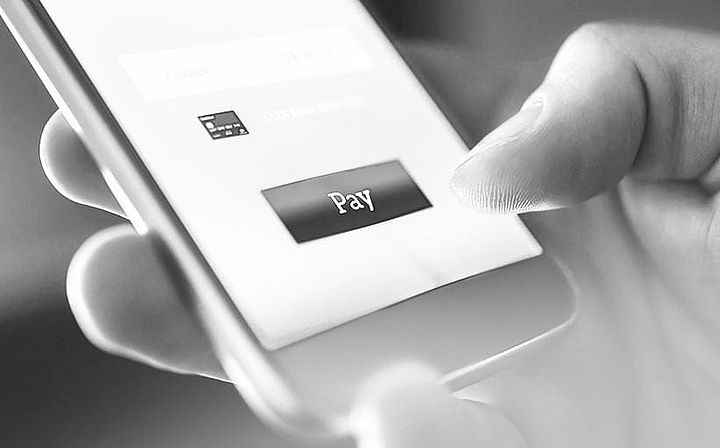The purchase of goods and services is increasingly shifting to digital sales channels. Both retailers and shoppers expect the most diverse, frictionless payment options possible. Challenges and opportunities lie side by side here, because those who master the often complex processes can profit greatly from the boom in e-commerce payments.
- Open the searchbox
- Consulting ConsultingConsulting
- Consulting Consulting
- Cross-Border & High-ValueCross-Border & High-Value
- T2 (TARGET2)
- SWIFT gpi
- SWIFT MX
- Global Instant PaymentsGlobal Instant Payments
- Domestic PaymentsDomestic Payments
- Retail PaymentsRetail Payments
- Processes & IT ArchitectureProcesses & IT Architecture
- Regulatory Requirements
- Trends
- Cross-Border & High-Value
- Consulting
- Products ProductsProductsBanking SolutionsInsurance Solutions
- Products Products
- Banking Solutions Banking Solutions
- Insurance Solutions Insurance Solutions
- Products
- Technology & Operations
- About PPI About PPI
- Company Company
- Corporate GroupCorporate Group
- Corporate Social ResponsibilityCorporate Social Responsibility
- Compliance Centre
- Corporate Group
- Touchpoints
- Company
- EN



